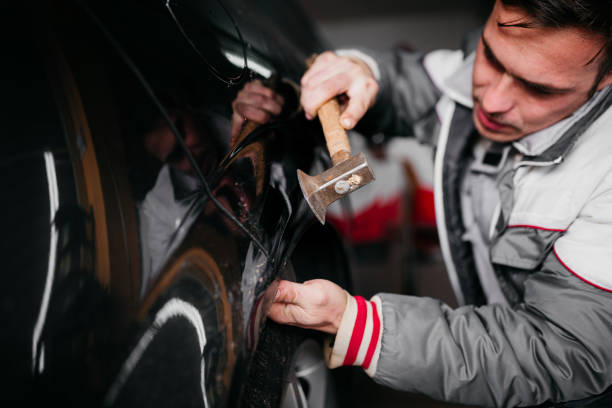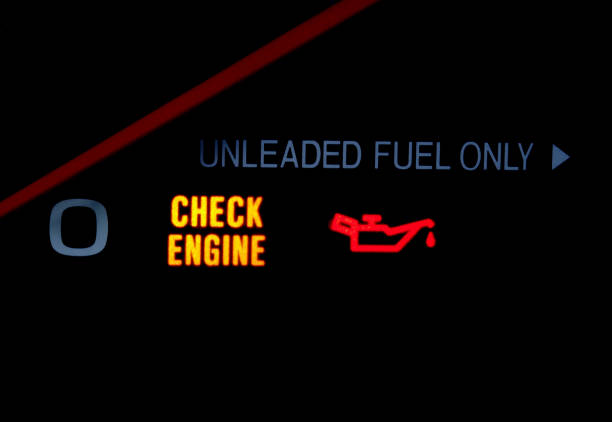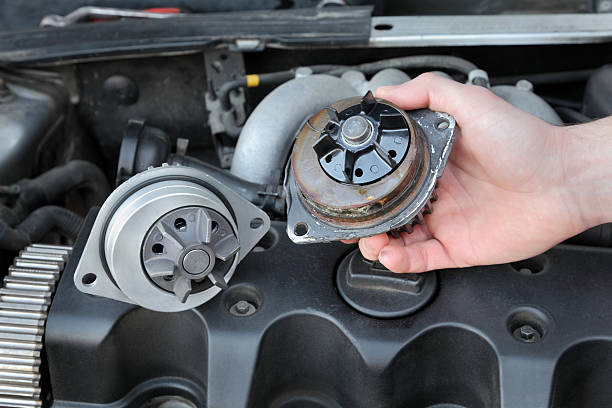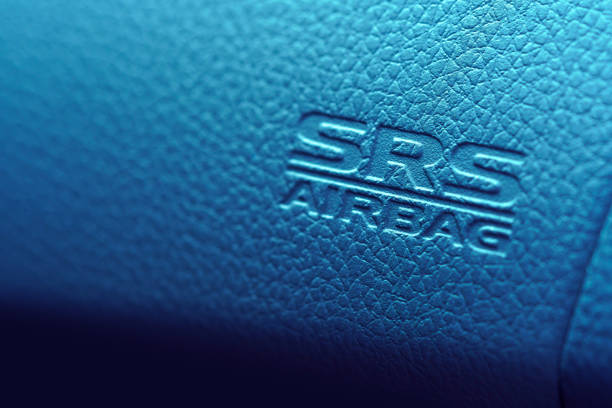
Dents and dings are an unfortunate part of vehicle ownership, and they can not only be unsightly but also potentially affect the resale value of your car. Dentless repair, also known as paintless dent repair (PDR), is a popular and cost-effective method for removing minor dents from your vehicle without the need for traditional bodywork or repainting. In this comprehensive guide, we will explore the ins and outs of dentless repair, its advantages, the process involved, and how to find a qualified professional to restore your vehicle’s pristine appearance.
Understanding Dentless Repair
What is Dentless Repair?
Dentless repair, or paintless dent repair, is a specialized technique used by automotive technicians to remove small dents and dings from a vehicle’s body panels without the need for traditional bodywork or painting. This method is particularly effective for repairing hail damage, door dings, and minor creases that have not damaged the paint surface.
How Does Dentless Repair Work?
Dentless repair works by applying gentle pressure to the backside of the affected panel, gradually massaging the metal back into its original shape. Technicians use specialized tools, such as metal rods, body picks, and specially designed hammers, to manipulate the metal from behind the dent, ensuring that the paint surface remains intact.
Advantages of Dentless Repair
Cost-Effectiveness
One of the primary benefits of dentless repair is its cost-effectiveness compared to traditional body repair methods. Since PDR does not require the use of body fillers, sanding, or repainting, the costs associated with labor and materials are significantly reduced.
Time Savings
Dentless repair is typically much faster than traditional body repair methods, as it does not involve the time-consuming processes of sanding, filling, and painting. In many cases, PDR can be completed in just a few hours, as opposed to the days or even weeks that traditional body repair may require.
Original Paint Preservation
Since dentless repair does not require repainting, your vehicle’s original factory paint finish is preserved. This is particularly beneficial for maintaining the value of your car, as factory paint is generally considered more desirable than aftermarket paintwork.
Environmentally Friendly
Dentless repair is an environmentally friendly alternative to traditional body repair, as it eliminates the need for chemicals, paint, and other potentially harmful materials. This makes PDR a more sustainable choice for vehicle owners who are conscious of their environmental impact.
Limitations of Dentless Repair
Severity of Damage
While dentless repair is an effective method for removing minor dents and dings, it may not be suitable for all types of damage. PDR is typically not effective for repairing large dents, sharp creases, or damage that has caused the paint to crack or chip. In these cases, traditional body repair methods may be necessary.
Accessibility
Dentless repair requires technicians to access the backside of the affected panel to massage the metal back into place. In some cases, the location of the dent may make it difficult or impossible for the technician to reach the area, limiting the effectiveness of the PDR process.
The Dentless Repair Process
Assessing the Damage
Before beginning the dentless repair process, a qualified technician will carefully assess the damage to determine if PDR is an appropriate method for repair. They will consider factors such as the size, depth, and location of the dent, as well as the condition of the paint.
Gaining Access to the Dent
Once the technician has determined that dentless repair is suitable for the specific damage, they will need to gain access to the backside of the affected panel. This may involve removing interior trim pieces, lights, or other components to create a clear path to the dent.
Applying Pressure and Manipulating the Metal
Using specialized tools, the technician will carefully apply pressure to the backside of the dent, gradually massaging the metal back into its original shape. This process requires patience, skill, and a keen eye for detail, as the technician must ensure that the surrounding paint remains intact while the metal is manipulated.
Monitoring Progress and Fine-Tuning
Throughout the dentless repair process, the technician will closely monitor their progress, making any necessary adjustments to ensure that the dent is completely removed and the panel is returned to its original shape. This may involve using a combination of different tools and techniques, as well as adjusting the angle and pressure applied to the metal.
Reassembling the Vehicle
Once the dent has been successfully removed, the technician will reassemble any components that were removed to access the panel, ensuring that the vehicle is restored to its original condition.
Finding a Qualified Dentless Repair Professional

Research and Recommendations
When seeking a dentless repair professional, it’s essential to do your research and gather recommendations from friends, family, or online reviews. Look for technicians with a solid reputation for providing high-quality work and excellent customer service.
Experience and Training
Dentless repair is a specialized skill that requires extensive training and experience. When selecting a technician, inquire about their background in PDR, any relevant certifications, and the number of years they have been practicing this technique.
Assessing Their Work
Before committing to a dentless repair professional, ask to see examples of their previous work. This will give you a better understanding of their skill level and the quality of their repairs. Many technicians will have before and after photos of their work available for potential clients to view.
Warranty and Guarantee
A reputable dentless repair professional should stand behind their work and offer a warranty or guarantee on their repairs. Be sure to inquire about the specific terms and conditions of any warranty or guarantee, as this can vary between providers.
Conclusion
Dentless repair, or paintless dent repair, is an effective, cost-efficient, and environmentally friendly method for removing minor dents and dings from your vehicle without the need for traditional bodywork or painting. While it may not be suitable for all types of damage, PDR can be an excellent solution for many common types of vehicle dents. By understanding the process, its advantages and limitations, and selecting a qualified professional, you can restore your vehicle to its original, pristine appearance with confidence.








